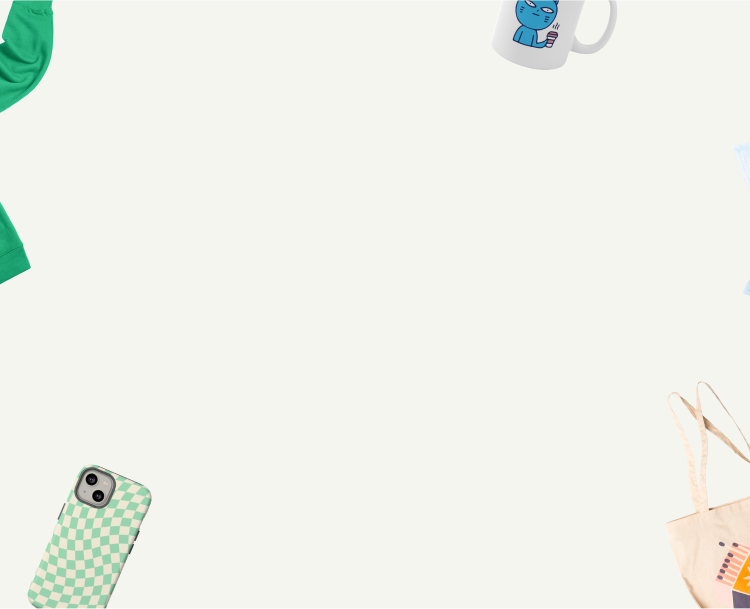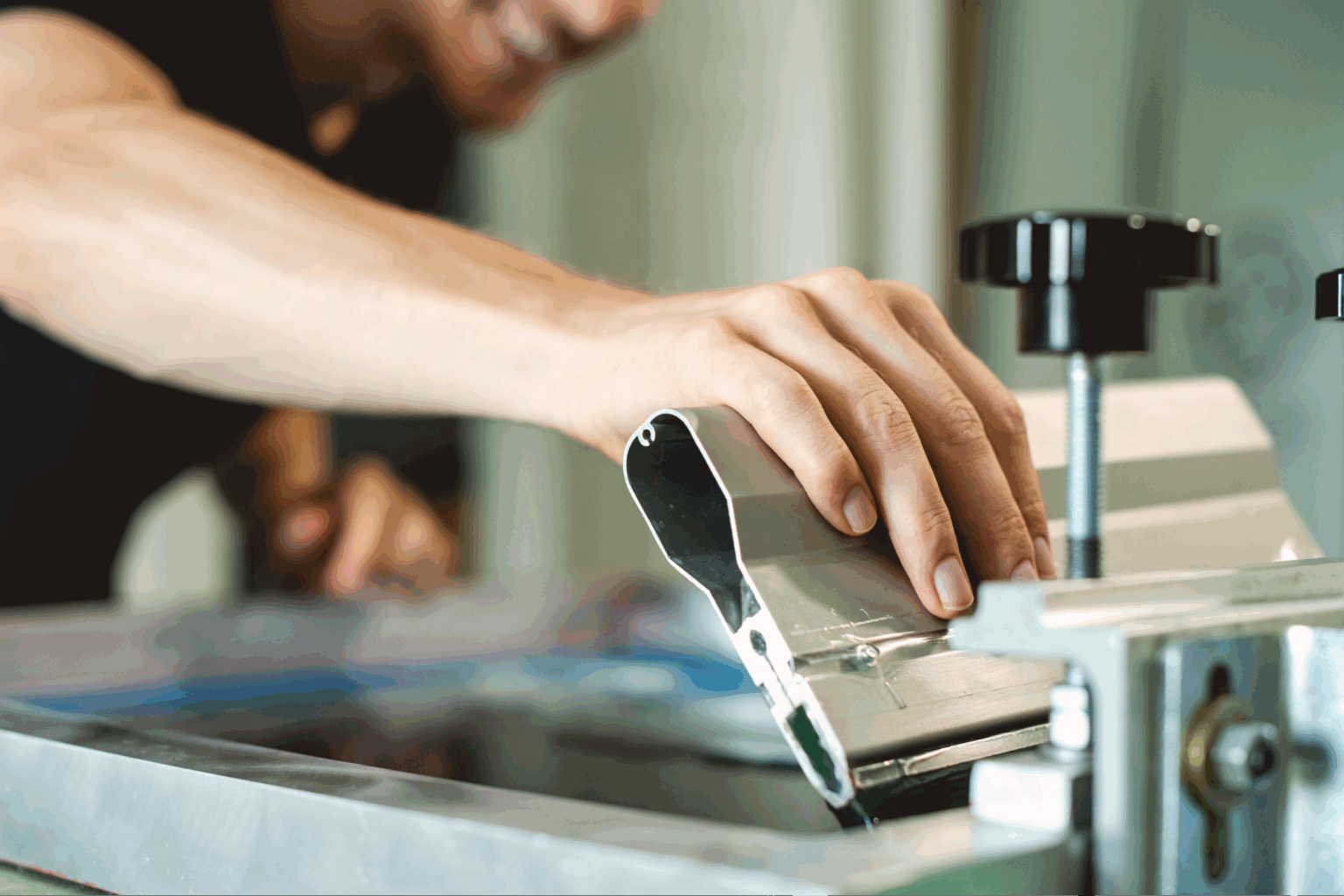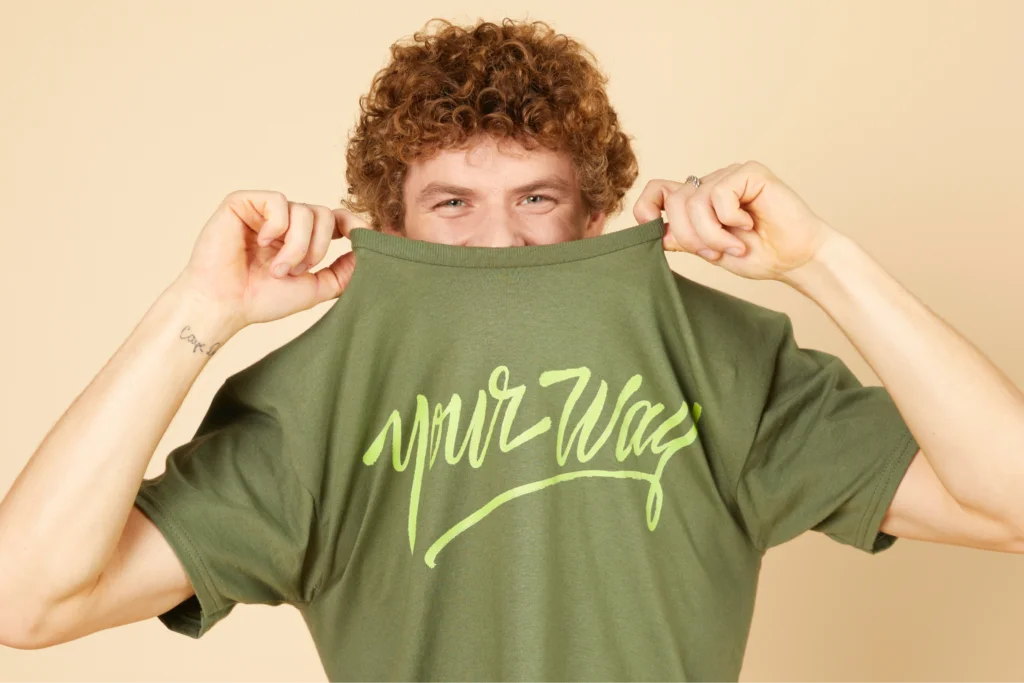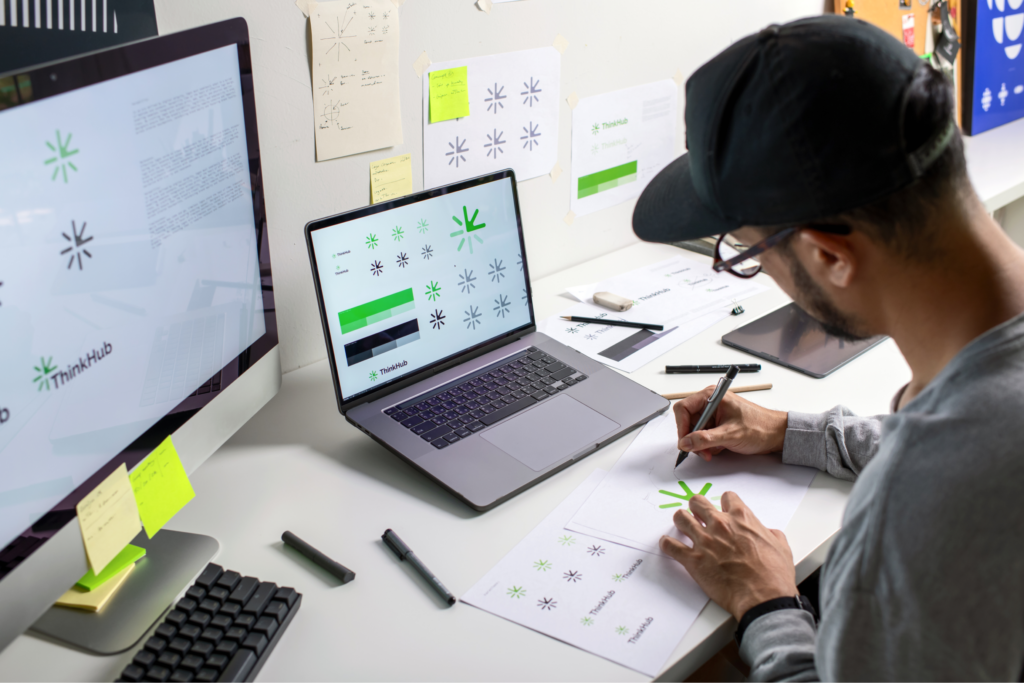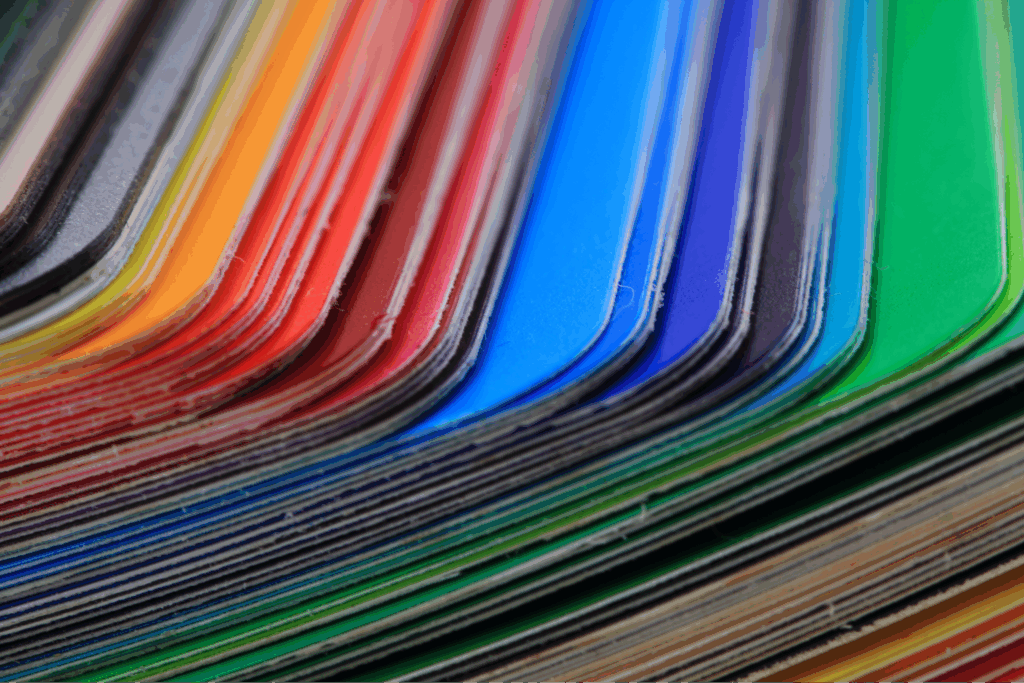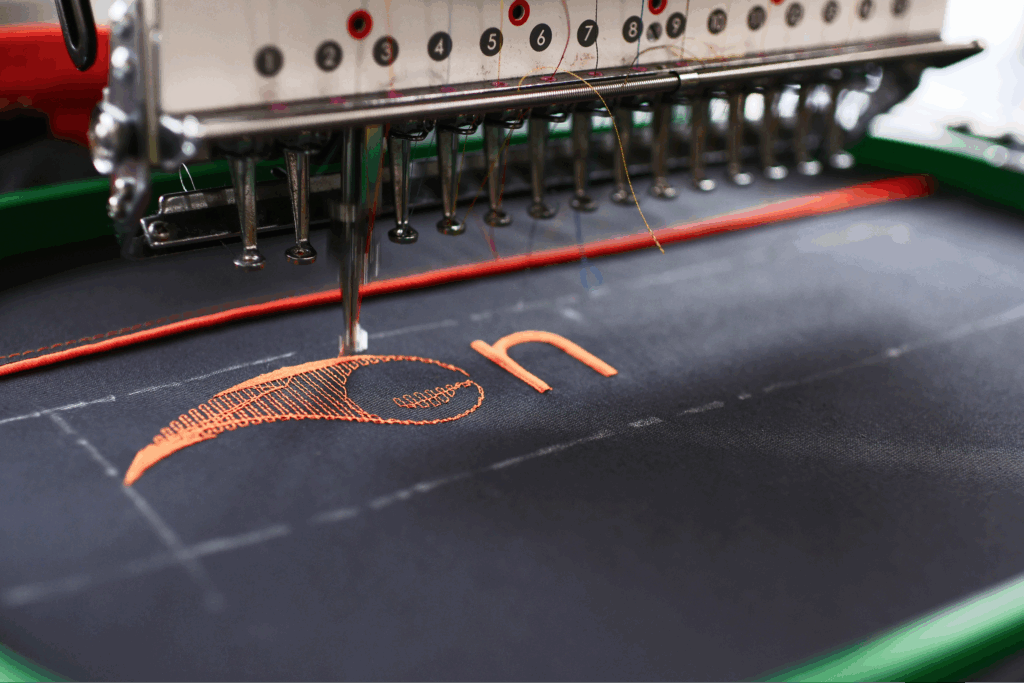Start a print-on-demand business today
Trying to decide between sublimation vs screen printing? Both are popular printing methods used in apparel, home decor, and promotional products, but they work differently.
In this article, we’ll break down how sublimation printing and screen printing work, compare their pros and cons, and help you decide which method fits your brand in 2026.
This post may contain affiliate links, which means we may earn a commission if you make a purchase through those links. This comes at no additional cost to you.
Key takeaways
- Sublimation printing delivers vibrant, full-coverage designs by embedding dye into polyester blends or coated materials – ideal for small-batch, high-detail products.
- Screen printing uses stencils and ink to create bold graphics on a wide range of materials, including cotton, paper, and plastic.
- Sublimation is best for all-over prints and photorealistic designs, while screen printing excels in large-scale production with simple, graphic-heavy artwork.
- Sublimation offers low setup costs and eco-friendly benefits, whereas screen printing becomes more cost-effective with high volumes.
- With Printify, you can sell products using either printing process – no inventory, equipment, or upfront investment required.
Sublimation printing vs screen printing explained
Sublimation and screen printing are both excellent methods for creating custom products. Let’s walk through how each method works, what materials they require, and what makes them stand out.
Sublimation printing
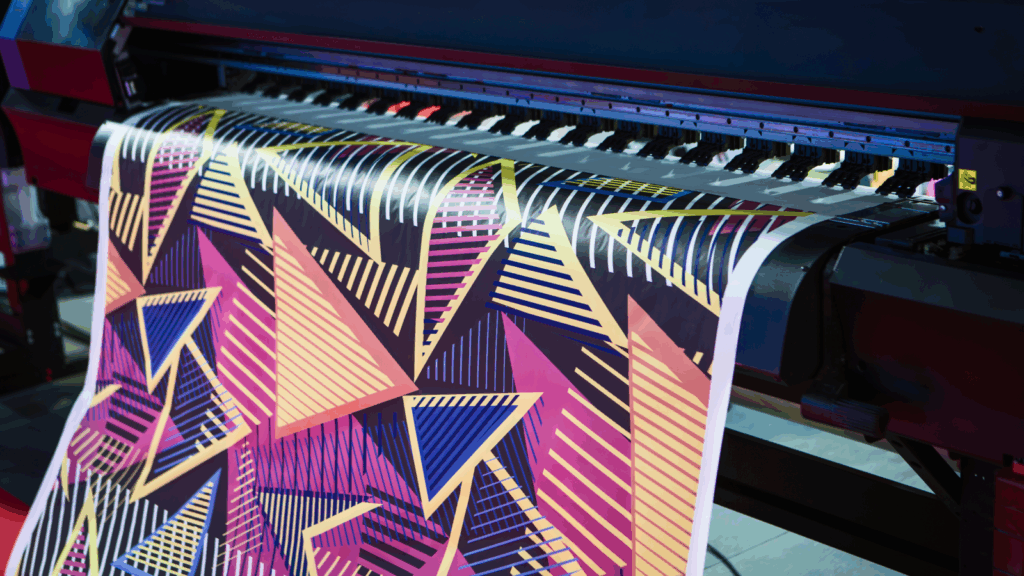
Sublimation printing is a digital printing technique that uses heat to transfer dye directly into the surface of a product.
Rather than sitting on top of the fabric, the dye becomes part of the material itself, creating smooth, vibrant, and long-lasting seam-to-seam prints.
The sublimation printing process starts by applying a design onto a special transfer paper using a printer loaded with sublimation ink cartridges.
That transfer sheet is placed onto the product, usually a polyester-based item or polymer-coated surface. A heat press applies high temperature and pressure, turning the sublimation dye into gas, allowing the ink to bond with the material’s fibers.

Best materials for sublimation printing:
- Light-colored synthetic fabrics like polyester and blends with a high polyester content.
- Coated items such as mugs, mouse pads, phone cases, and home decor.
Common uses:
- All-over print apparel.
- High-resolution digital photos and artwork.
- Personalized gifts and small-batch product runs.
Since sublimation printing works best on synthetic surfaces, it’s not suitable for cotton or dark-colored materials.
Screen printing
Traditional screen printing techniques – also known as silk screen printing – apply ink through a mesh screen onto the surface of a material.
Each color in a design needs its own stencil, which makes this process more hands-on but highly effective for certain types of prints.
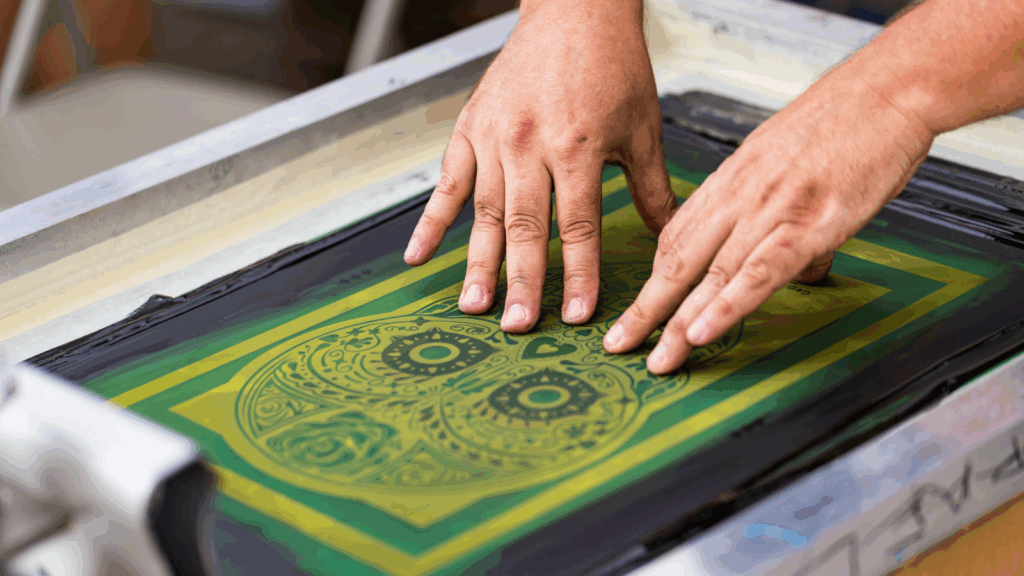
The screen printing process starts with a detailed screen print stencil for each color in the design. Ink is then pushed through these screens using a squeegee and transferred onto the fabric.
After each color is applied, the ink is dried before moving on to the next. This helps all the layers adhere properly to the material’s surface for long-lasting results.
The involved setup process isn’t efficient for small batches. However, many businesses use screen print transfers in larger batches to speed up production and maintain design consistency.
Best materials for screen printing:
- Cotton and cotton blends.
- Paper, posters, cardboard, wood, and certain plastics.
Common uses:
- Screen printed shirts for events, teams, and brands.
- Promotional materials and merchandise.
- Simple, bold designs with fewer colors.
Screen printing is well-suited for bulk orders and designs that don’t require intricate detail. It’s also one of the most scalable printing techniques, especially when compared to other dye transfer techniques (such as simple heat press transfer).
Compare direct-to-garment (DTG) vs screen printing on our blog.
The difference between sublimation and screen printing
From material types to cost and durability, here’s how sublimation and screen printing stack up.
Material compatibility
Sublimation printing works exclusively on synthetic fabrics like polyester and polymer-coated surfaces. It’s ideal for t-shirts, mugs, and home decor items that are specifically made for this printing process.
Screen printing is more versatile when it comes to materials. It works on natural fibers like cotton, as well as paper, cardboard, and some plastics. If you want to print on a wider range of materials, screen printing is a better option.
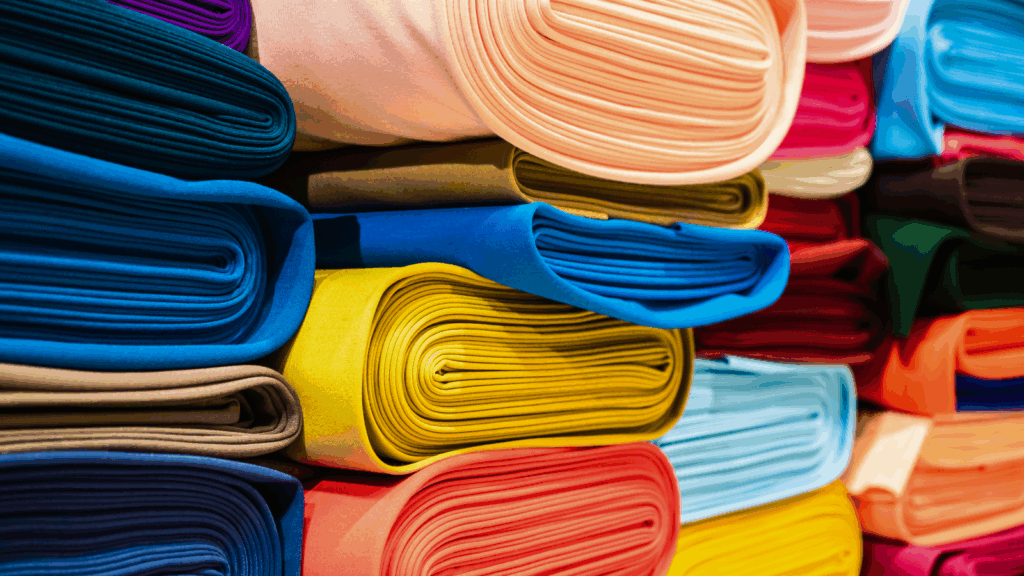
Color range
Sublimation produces vibrant colors, smooth gradients, and full-spectrum designs. It’s perfect for printing digital images, but it doesn’t support white ink, which limits its use on dark backgrounds.
Screen printing performs well on both light and dark materials thanks to opaque inks. It handles multiple colors through layering, although complex or photo-based designs can be more difficult to reproduce.
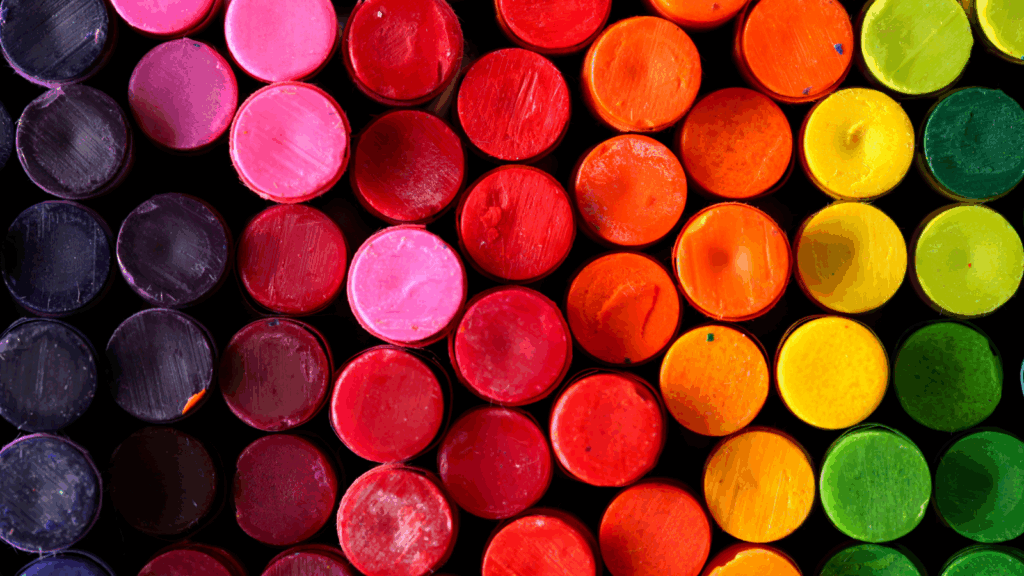
Design complexity
Sublimation is ideal for high-resolution images, fine lines, and intricate digital graphics. The level of detail it achieves makes it a strong choice for custom visuals and multi-color designs.
Screen printing is better for bold, simple graphics like logos and shapes. Since each color requires a separate design stencil, the lengthy process becomes less practical for detailed and complex designs.
Check our design guide and discover everything you need to create flawless prints.
Cost
Sublimation has low setup costs, which makes it great for small batches and one-off custom orders. You can get started quickly without investing in separate screens for each color.
Screen printing is more efficient for large quantities. Although the initial setup takes more time and materials, the cost per unit decreases as your production volume increases.
Durability
Sublimation-printed graphics are embedded into the material itself, resulting in fantastic print quality that’s highly resistant to fading, cracking, or peeling. It’s ideal for products that go through regular washing or heavy daily use.
Screen-printed designs sit on top of the fabric. While still durable, the printed material may eventually crack or fade depending on the ink quality and how the item is handled or washed.
Environmental impact
Sublimation is considered more environmentally friendly because it produces minimal waste and uses water-based sublimation ink. There’s no need for water in the cleanup process or chemical-heavy materials.
Screen printing typically involves more waste. The process uses cleaning agents, disposable stencils, and excess ink. For businesses focused on sustainability, sublimation offers a cleaner solution.
Pros and cons
Each printing process comes with advantages and trade-offs. Use this side-by-side breakdown to see which one best suits your production needs.
Sublimation printing process
| Pros | Cons |
|---|---|
| Full-color, vibrant prints with smooth gradients | Only works on polyester or coated products |
| Great for detailed designs and digital photos | Doesn’t work on dark fabrics |
| Low setup costs for small orders | Higher cost for specialty sublimation blanks |
| Long-lasting prints that won’t crack or fade | Limited material compatibility |
| Cleaner and more eco-friendly process | Slower for high-volume print runs |
Screen printing process
| Pros | Cons |
|---|---|
| Works on cotton fabrics, paper, plastic, and more | Not ideal for detailed or photo-based designs |
| Best for simple, bold graphics and large text | Can fade or crack over time without proper care |
| Cost-effective for bulk production | High setup time and cost for small batches |
| Supports dark and light materials with opaque inks | Uses chemicals and creates more waste |
| Good for special effects like metallic or neon inks | Each color requires its own stencil |
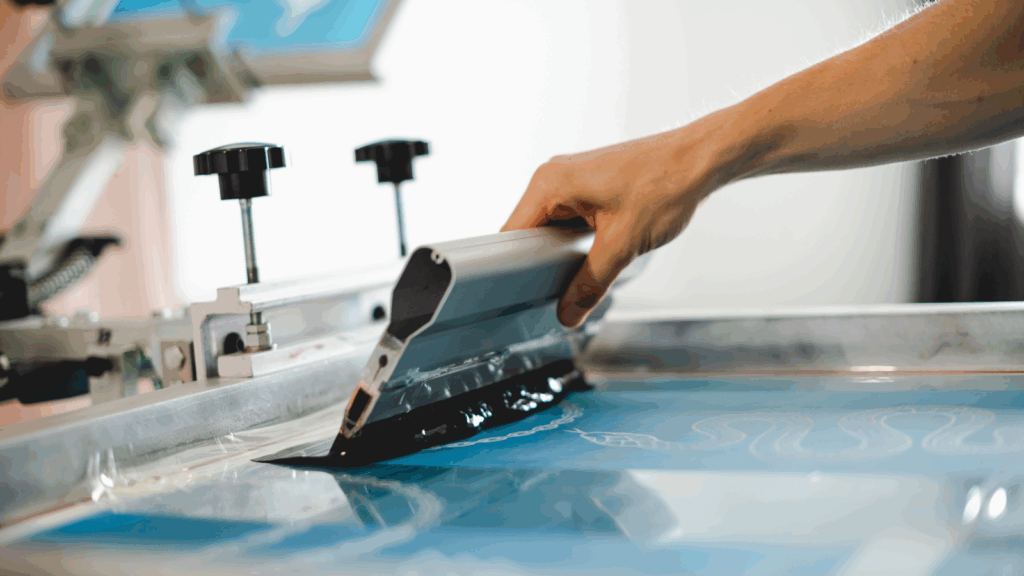
Sublimation vs screen printing: Pick the best method for you
Not sure which method is right for you? Here’s when to go with sublimation and when to opt for screen printing.
Choose sublimation printing if you want:
- Vivid results with high detail, smooth gradients, and full-color artwork.
- All-over prints that hold up over time without fading or cracking.
- Small-batch or one-off products made from polyester or coated materials.
Sublimation shines on all-over print (AOP) clothing. Just make sure to use high-resolution designs and check the print area carefully to avoid pixelation or distortion at the seams.
Choose screen printing if you want:
- Bold, graphic-heavy designs like logos, large text, and solid shapes on cotton, paper, or plastic.
- Cost efficiency for bulk orders and scalable production.
- Flexibility with materials and finishes, including dark fabrics and metallic, puff, or neon inks.
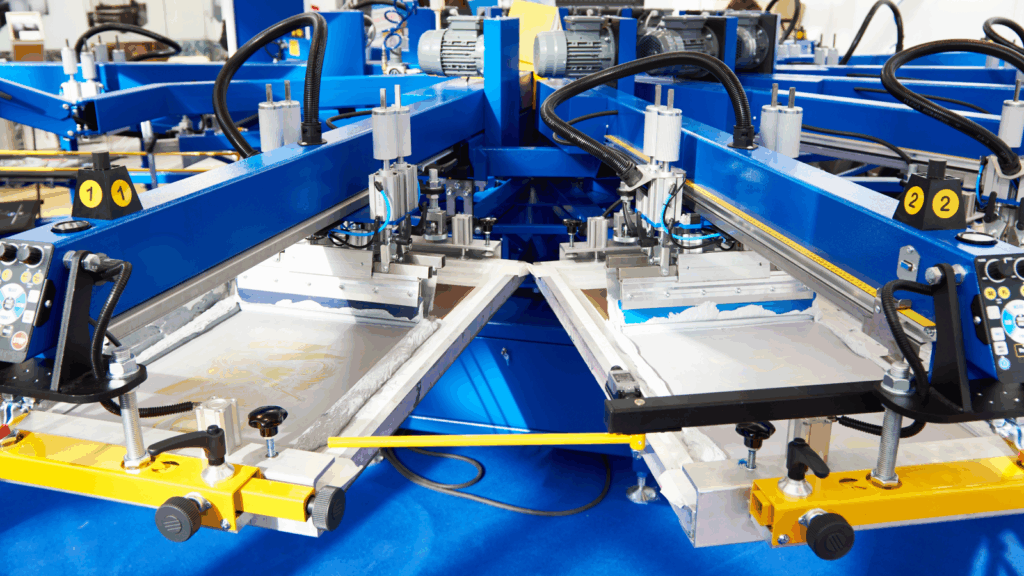
Sell products with Printify: Sublimation and screen printing made easy
Whether you choose screen printing or sublimation printing, Printify makes it easy to launch and grow your business without managing inventory or equipment. Here’s how to get started.
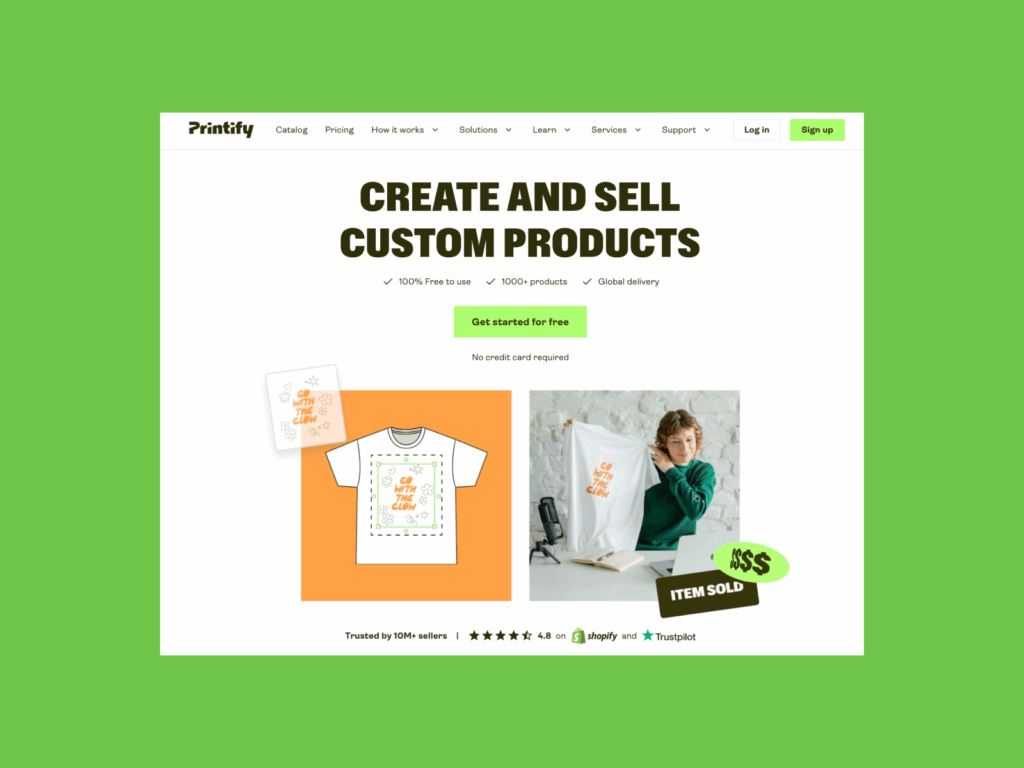
1. Sign up
Create your free Printify account. No upfront investment, no subscription fees, and no minimum order requirements.
2. Choose your products
Browse our Catalog for items that support your preferred printing technique. Find everything from all-over print shirts and mugs for sublimation to cotton t-shirts and tote bags for screen printing.
3. Apply designs
Upload your artwork or create new ones using our Product Creator. You can import files from any graphic design software or design directly in the tool.
For sharp results, create your designs using professional tools like Adobe Illustrator or Adobe Photoshop.
4. Order or sell your products
Order samples to test the print quality, then publish products directly to your store. Printify integrates seamlessly with platforms like Shopify, Etsy, and Amazon. Need a big batch? Get a discount on bulk orders.
5. Let us do the rest
Once a customer orders, our global network of Print Providers gets to work printing and shipping, with fast delivery made possible through local fulfillment.
That way, you can stay focused on growing your brand using both sublimation and screen printing to offer a wide range of products.
FAQ
Sublimation usually lasts longer. The ink adheres directly to the fibers, making the design highly resistant to cracking, peeling, or fading.
Screen printing can also be durable, but since the ink sits on top of the material, it may wear down over time with frequent use or washing.
No – these are two very different printing methods. Screen printing uses stencils and ink that sits on the material’s surface. Sublimation uses heat transfer, a special printer, and ink to bond the dye into polyester or coated products.
The materials, equipment, and results vary significantly between the two.
Sublimation printing only works on light-colored polyester or polymer-coated materials, and it does not print on dark fabrics. It also requires a sublimation printer, sublimation ink, and compatible blanks.
For mass production, the process can be slower and more expensive than other printing methods like screen printing.
Conclusion
Choosing between sublimation and screen printing depends on your design, product materials, and business goals.
Sublimation is best for detailed, colorful prints on synthetic surfaces, especially for small-batch custom orders. Screen printing is better for bold graphics and larger runs on cotton-based materials.
Want to try both? With Printify, you can use screen printing and sublimation without upfront costs or equipment. Pick the printing style that suits your vision, upload your designs, and start selling online with ease.
